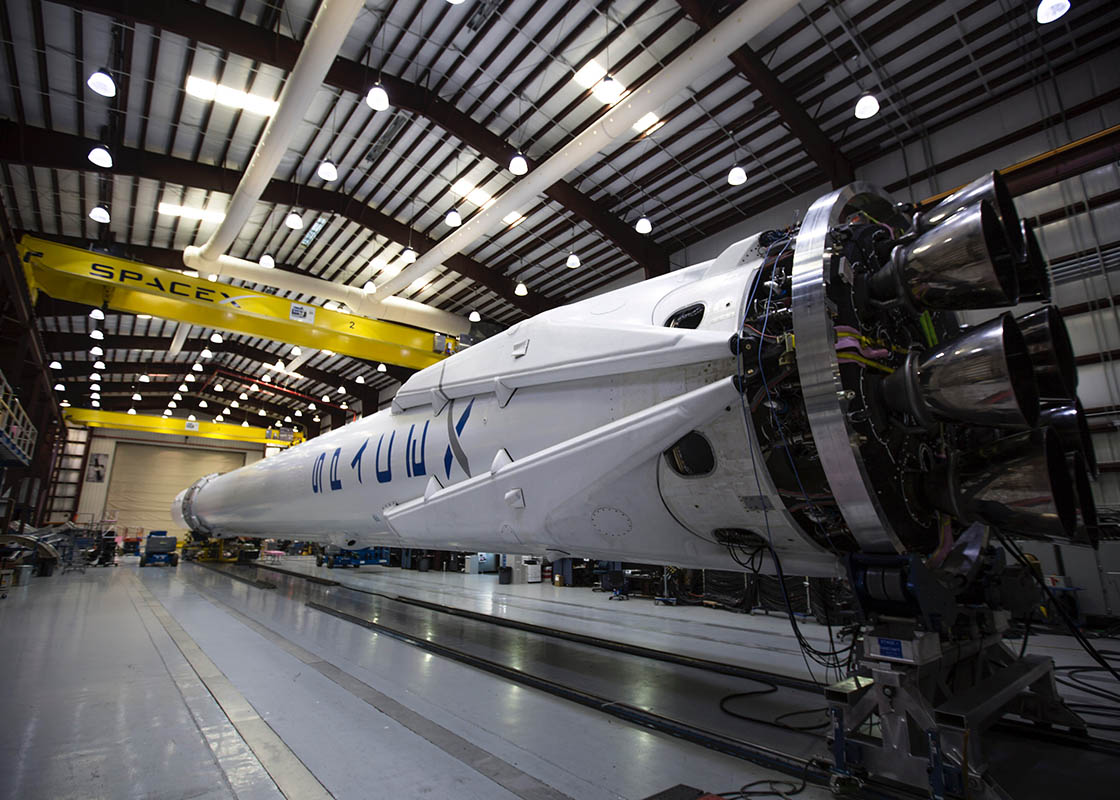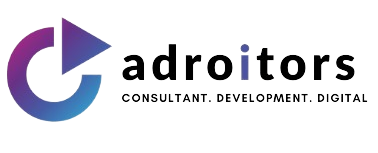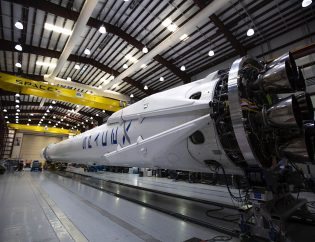



Technology has revolutionized the way companies do business, allowing small businesses to compete with large corporations. Small businesses use a range of technologies - from servers to portable devices - to create a competitive advantage in the economic market. Small business owners should consider incorporating technology into the planning process to ensure easy integration and future expansion. This allows owners to create operations using the most efficient technologies. Impact on operating costs
1.
Impact on Operating Costs
Small business owners can use technology to reduce business costs. Enterprise-level software helps organizations automate administrative functions such as recording, accounting, and payroll. Mobile technology allows home offices and field agents to communicate in real-time. For example, agents in the field can use a mobile app to record their daily expenses, which are automatically synchronized with accounting software in the office. Protection of confidential information
2.
Securing Sensitive Information
Business owners can use technology to create a secure environment for storing sensitive business or consumer information. Many types of business technology or software are usable and allow business owners with little IT experience to use their tools and features. Improving communication processes
3.
Improved Communication Processes
Business technologies help small businesses improve communication processes. For example, emails, text messages, websites, and programs facilitate better communication with consumers. Companies help saturate the economic market with their messages using various forms of information technology communication methods. Companies can get more feedback from consumers through these electronic media. Technology also improves communication between offices. For example, social networking software provides employees with a centralized portal to access and update internal documents and contracts, and instantly transmit relevant data to other departments. These methods allow companies to reach customers with mobile devices in real-time.
4.
Increasing employee productivity
Small businesses can use technology to improve the productivity of their employees. Computer programs and business programs usually allow workers to process more information than manual methods. Business owners can also implement business technology to reduce the amount of human labor in business operations. This allows small businesses to avoid paying employees.
5.
Broaden Customer Bases
Even basic business technology can have a huge impact on employee productivity. For example, by placing employee performance appraisal information in an online framework, managers can easily create measurable goals for their employees to achieve and maintain company goals. If technology can provide better productivity, business owners can expand their operations using technology instead of workers. Expand your customer base
Technologies allow small businesses to enter new economic markets. Instead of selling consumer goods or services in the local market, small businesses can expand into regional, national and international markets. Retail websites are a common way for small businesses to sell products in a variety of economic markets.
Websites are a cheap option that consumers can access 24/7 when they need to buy goods or services. Small business owners can use Internet advertising to reach new markets and customers through Internet banners or targeted advertising.
6.
Collaboration and outsourcing
Business technologies allow companies to outsource business activities to other businesses in the national and international business environment. Outsourcing can help companies reduce costs and focus on the business functions they do best. Technical support and customer service are two common features that companies outsource. Small business owners may consider outsourcing some operations if they do not have the proper facilities or manpower. Outsourcing technology allows operations to be delivered to potentially cheaper areas, including overseas.
Information technology, also known as IT, is a broad term that includes all forms of technology used to exchange, store, use, or create information. Commonly used IT equipment includes computers, servers, peripherals, internet-connected devices, and telephone systems. From early computer terminals to IP-based telephone systems, information technology is an integral part of most modern business operations.
7.
Advantages of communication
Faster communication can help increase productivity, facilitate better business decisions, and facilitate firm expansion into new regions or countries. Email servers, routers, internal bulletin boards, and chat services serve as the backbone of corporate communications. These electronic communication systems are used to quickly and efficiently disseminate important business information. IT equipment can be used to send business status reports to managers, inform employees about important business projects, and communicate with business partners and customers. Increasing the efficiency of the workplace
8.
Improved Workplace Efficiency
Simple workflow systems, shared storage, and shared workspaces can improve business efficiency and enable employees to do more work in less time. Information technology systems can be used to automate routine tasks, facilitate data analysis, and store data so that it can be easily retrieved for later use. This technology can be used to answer customer questions via email, in a live chat session, or via a telephone routing system that connects the customer to an available customer service representative.
9.
Competitive advantage over competitors
The use of information technology resources allows companies to maintain their competitive advantage over competitors. Companies using a unified strategy can use information technology to develop new products, remove their products from an existing market, or improve customer service. Companies pursuing a low-cost production strategy may seek IT solutions to lower costs by increasing productivity and reducing personal overhead. Businesses can use information technology in their products, making it difficult for customers to change websites or products.
10.
Cost reduction and economic efficiency
Companies can use information technology resources to reduce their costs. Use IT infrastructure to centralize redundant tasks. For example, a large firm may centralize its payroll function in one location to reduce personal costs. Economic efficiencies can also be achieved by moving expensive operations to an online environment. Businesses can provide customer support via email at a lower cost than contacting customer service directly. You can also save money thanks to outsourcing options, telecommuting options and cheap communication options.





